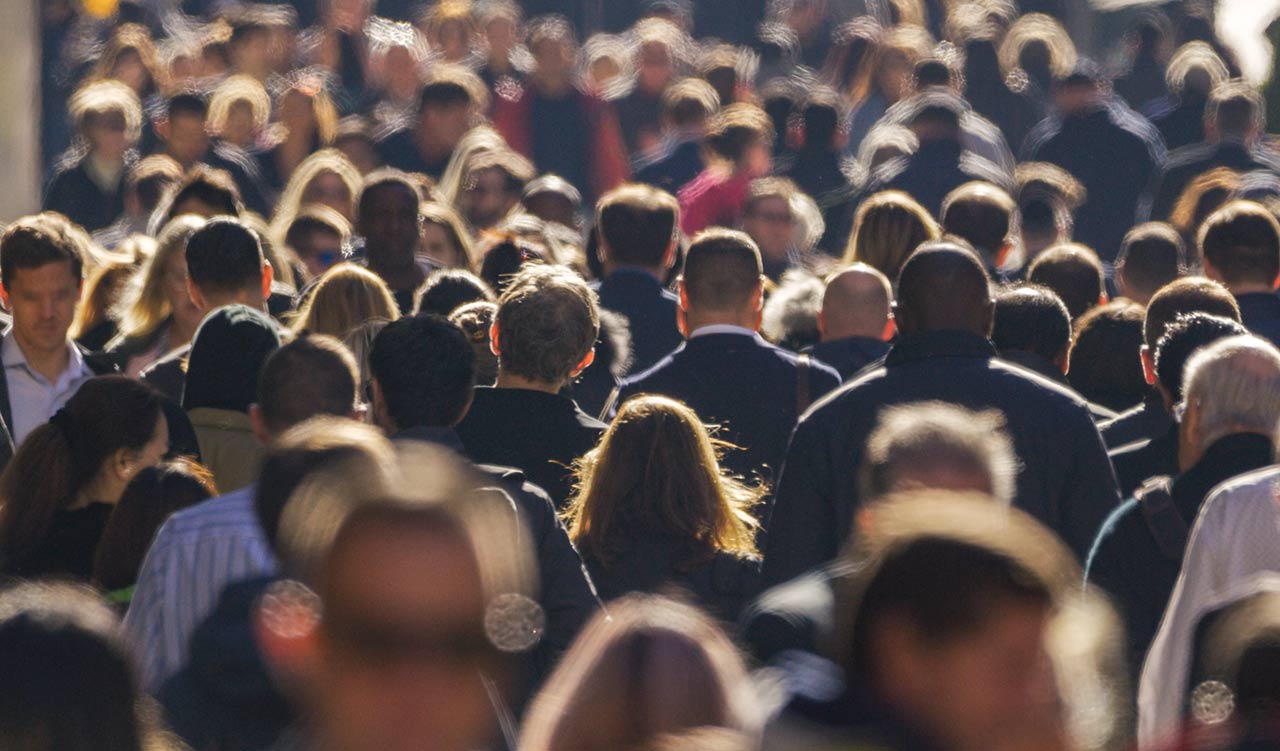How is Inequality Reproduced?
A short answer detailing social inequality and how it is reproduced from generation to generation.
Question
How is inequality reproduced within Western society?
Answer
First proposed by Karl Marx, Social reproduction looks at the activities and structures that pass down social inequality from one generation to the next. There are four main types of capital that contribute to social reproduction in society. These are cultural capital, financial capital, human capital and social capital.
When used alongside cultural reproduction, social reproduction allows the sociology of education to take up an important role in attempts to alleviate inequality. Education can be seen as an attempt at levelling the playing field by allowing those in poorer class groupings to move up in social standings by gaining better qualifications than their parents and getting better jobs. However, it is apparent that this is failing in a number of ways. For one, education is extremely costly and it is clear to see that private schools, when compared with public schools have better equipment, better books and often better teachers as they can offer larger wages than public schools.
This divide is then emphasised to a large extent when it comes to higher education as there is little to no access to free higher education in most high-income countries, which then limits the access of poor classes to higher education. This in turn exacerbates the difference in levels of qualifications by people in difference social groups, leaving higher paying jobs almost exclusively for the wealthy who can afford to take further steps through the education process, while the lower class are left with poorer paying jobs that require fewer qualifications.
This system maintains the status quo by creating elites who care little for classes beneath them as they feel they should earn greater amounts than everyone else thanks to their greater access to education facilitated by their families already considerable wealth. As this process continues through generations the rich gain greater access to a country’s wealth, leaving less for the general populous, which results in a poorer education for the lower classes and a reproduction of inequality.
